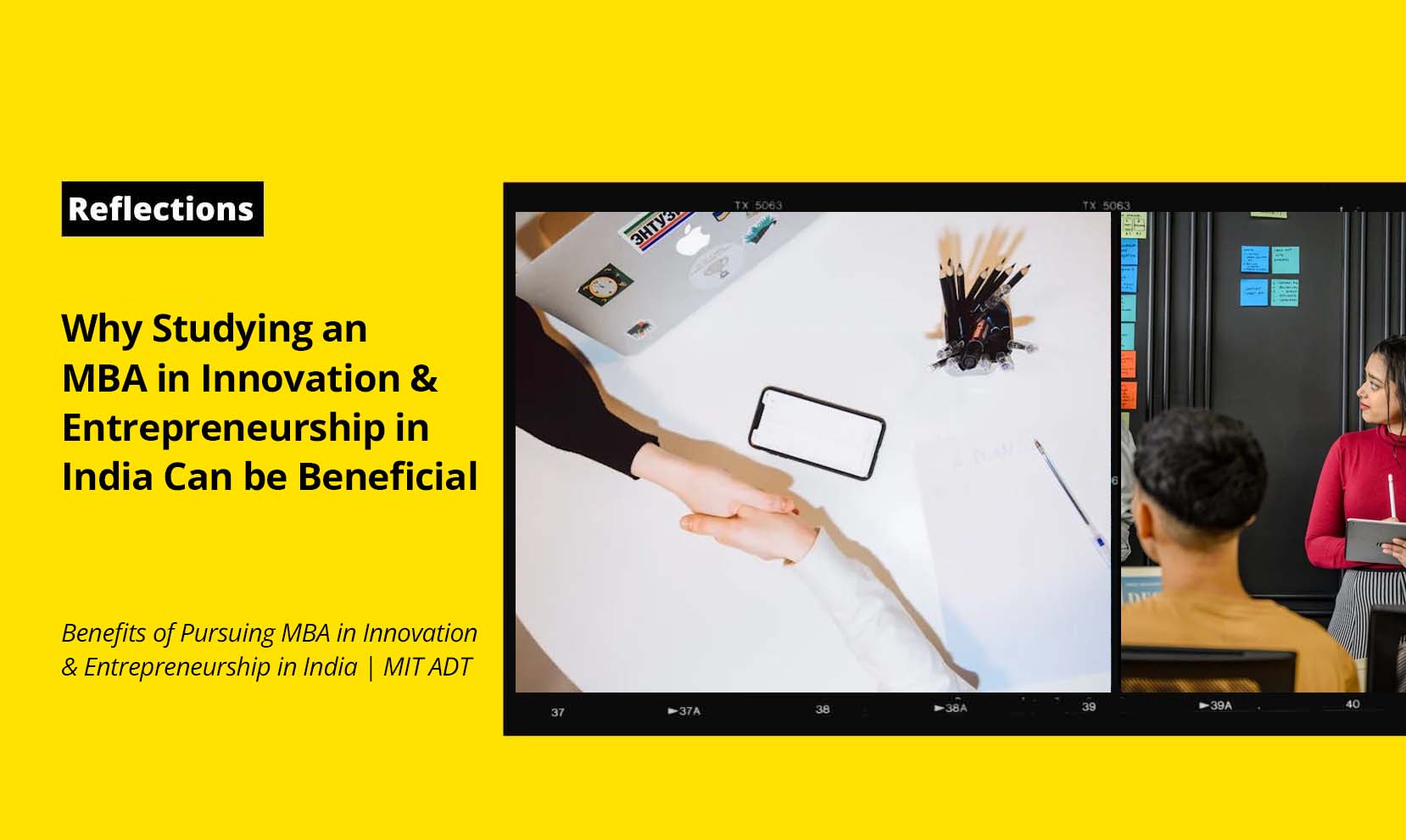A Guide to Design Thinking Strategy
Design Thinking Strategy entails gaining a deep understanding of the unmet needs of the customers and users in the context of a specific situation, such as interpreting data, discovering insights, challenging assumptions, exploring different perspectives, and reframing problems to find a viable solution.
Design Thinking may help you build new solutions based on your clients’ needs, whether you work in any sector, industrial, government, education, or nonprofit. It entails posing a question, gaining inspiration, developing ideas, implementing them, and determining a solution.
Key Elements of a Design Thinking Strategy
Some of the key elements of a strategy of design thinking include the following:
- Design Thinking employs the designer’s attitude, sensibility, and methodology to develop a technologically and commercially viable strategy, resulting in customer value and market opportunity.
- Design thinking is a non-linear approach to seeing, shaping, and building that incorporates insight into the process to meet unforeseen concerns and problems that appear to have no solution or whose answers can only be achieved through multidisciplinary approaches.
- It employs the sensibility or mindsets of designers and processes to generate new ideas, solutions, alternatives, and options that satisfy the needs of end-users or stakeholders.
- It is fundamentally abductive because it necessitates clearing one’s thoughts of established solutions to solve new and creative problems. Design thinking is empathic, personal, subjective, interpretive, and integrative. It is also experimental, synthetic, pictorial, dialectical, opportunistic, and hopeful, fostering creativity.
Difference Between Design Thinking Strategy and Other Approaches
Design Thinking Strategy differs from other approaches in that it concentrates on the process rather than the product. It promotes positivity while removing the fear of failure and maximising participants’ input and participation. It also follows a creative process which is:
- Human-centred
- Action-oriented
- Prototype-driven
- Non-judgmental
Benefits of Design Thinking Strategy
Design thinking is regarded as a powerful, successful, and widely accessible strategy to influence innovation that can be applied in various settings, including business, education, and other professions. Some of its other benefits include:
- Through its holistic constructivist use in complex interdisciplinary projects, design thinkingis beneficial in developing 21st-century learning. As a holistic approach for design cognition and learning, design thinking enables participants to collaborate successfully in multidisciplinary teams while solving tough real-world challenges.
- When used in a collaborative transdisciplinary and interdisciplinary approach to issue solving, Design Thinking has the power to encourage creativity and innovation.
- It has been used in various fields and disciplines, including enterprise, innovation work, education, and social good.
- The application continues to attract and inspire research that can be used for operations, goods, services, strategies, and management and a wide range of settings outside of designers’ typical preoccupations.
- Although it was first solely investigated and developed in relation to professional designers, techniques and methodologies that apply to other disciplines and professions have been established.
- Unlike traditional learning approaches, design thinking is both a mindset and a dynamic non-linear process. As a result of the methods designers use, this strategy is useful for businesses and society to innovate and create change.
About MIT ID Innovation
MIT ID Innovation is one of India’s most well-known institutions for innovation-related courses. In terms of value, their Design Thinking Courses, which were created to nurture a new generation of new-age thinkers, are the best in India. The institute was established to encourage the emergence of a new generation of holistic innovators. The institution’s ultimate goal is to help pupils shine as the most creative minds on the planet.
Reference Links:



